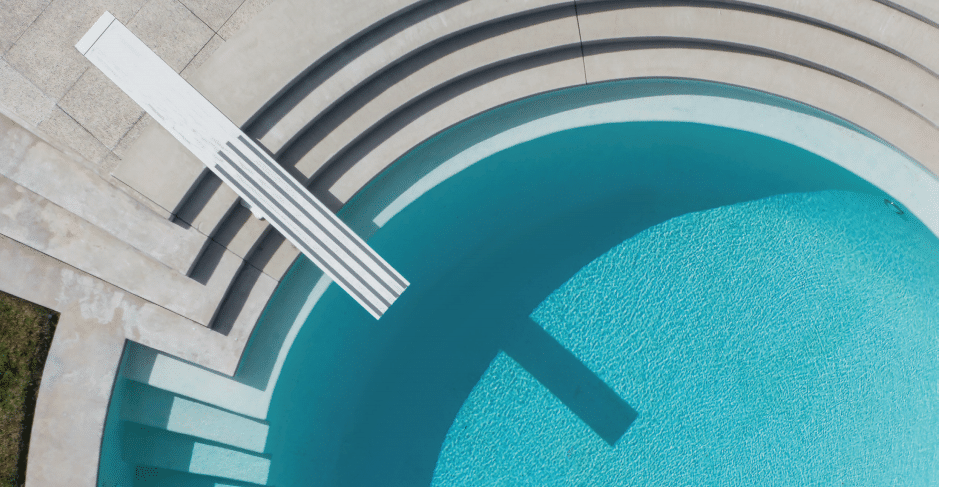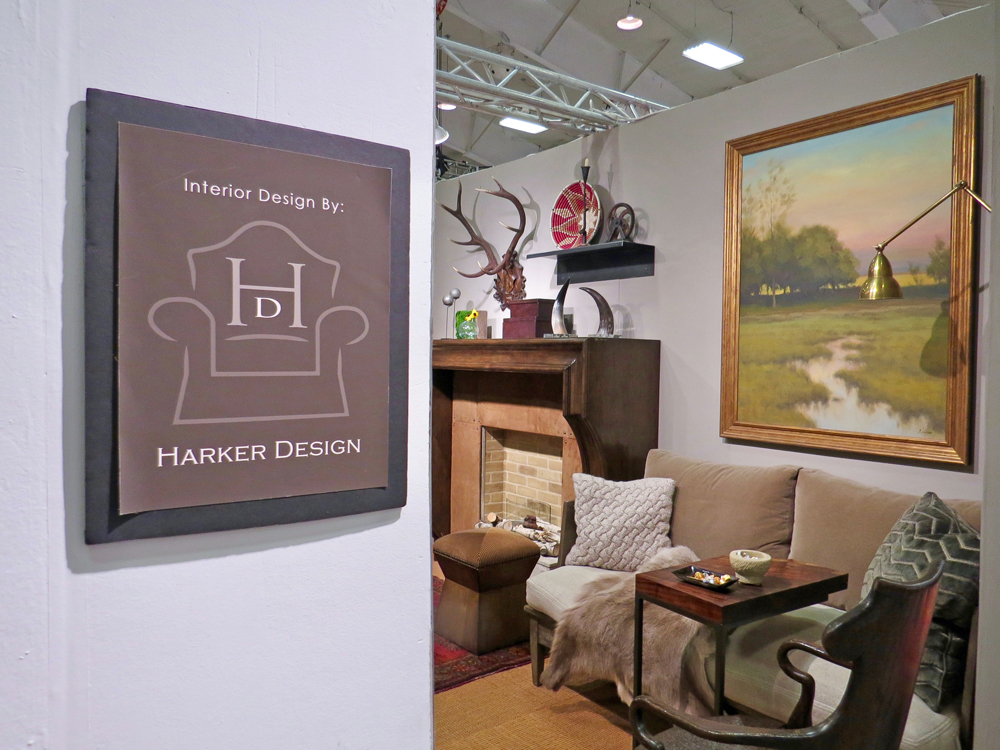“Pools From Above,” a new book by Brad Walls, uses drones to reveal a different architectural design perspective. He’s captured several famous locations – like Kaufman I and lI by Richard Neutra, Garcia by John Lautner, and the Crescent House by Wallace Cunningham. While the images mask the difficulty of this type of photography, they demonstrate the challenges of aerial photography, negative space, and outward balance. He captured 45 pool photos in the U.S., along with some of the most gorgeous pools and landscaping around the world. His work has garnered prestigious awards like the winner, motion – Pollux Awards and silver, fine art/People – PX3 Prix De La Photographie Paris. A+A interviewed him recently via email:
Your background:
I was born and raised in South West Sydney, Australia, and studied science at the University of Sydney. I worked as a product designer for a few startups until I was 29 and then transitioned to full-time artist in 2022.
Your inspiration for these photos?
I was super-fortunate to have a swimming pool growing up in Sydney. Every summer afternoon I was swimming until my skin was full of wrinkles. Also, my dad worked for a swimming pool company, so pools were always on topic at the dinner table. After looking at the images I photographed on summer holidays as a hobby, I began to see that swimming pools have a natural inkling for many rudimentary design principles – like leading lines, negative space, and symmetry, to name a few.
How did you shoot them?
Once I knew I wanted to pursue this project after the initial 20 images, I began researching houses with extraordinary swimming pools, ones I knew would jump off the page from an alternate angle. The list included renowned architects like John Lautner, Wallace Cunningham, and Richard Neutra. Once I had a long list, I began the outreach process – talking to owners, house managers, and the architects themselves.
For the other 30% of the images, it was general research on google maps, pinning properties that were of interest. Many of the public pools were captured with this method, because I wanted any public shots to be as candid as possible.
What do you look for, composition-wise?
Many of the pools I shoot only require a certain crop to bring out it’s true features – like leading lines, negative space, and symmetry. Having said that, there are certain pools that just pop easier – for example, pools that don’t have the standard kidney shape
The equipment you used?
It was a camera drone – Mavic 3.
Your target audience?
People who are into architecture, design, and who have a general love of swimming pools and summer holidays.
For more, go here.
[slideshow id=2499]


